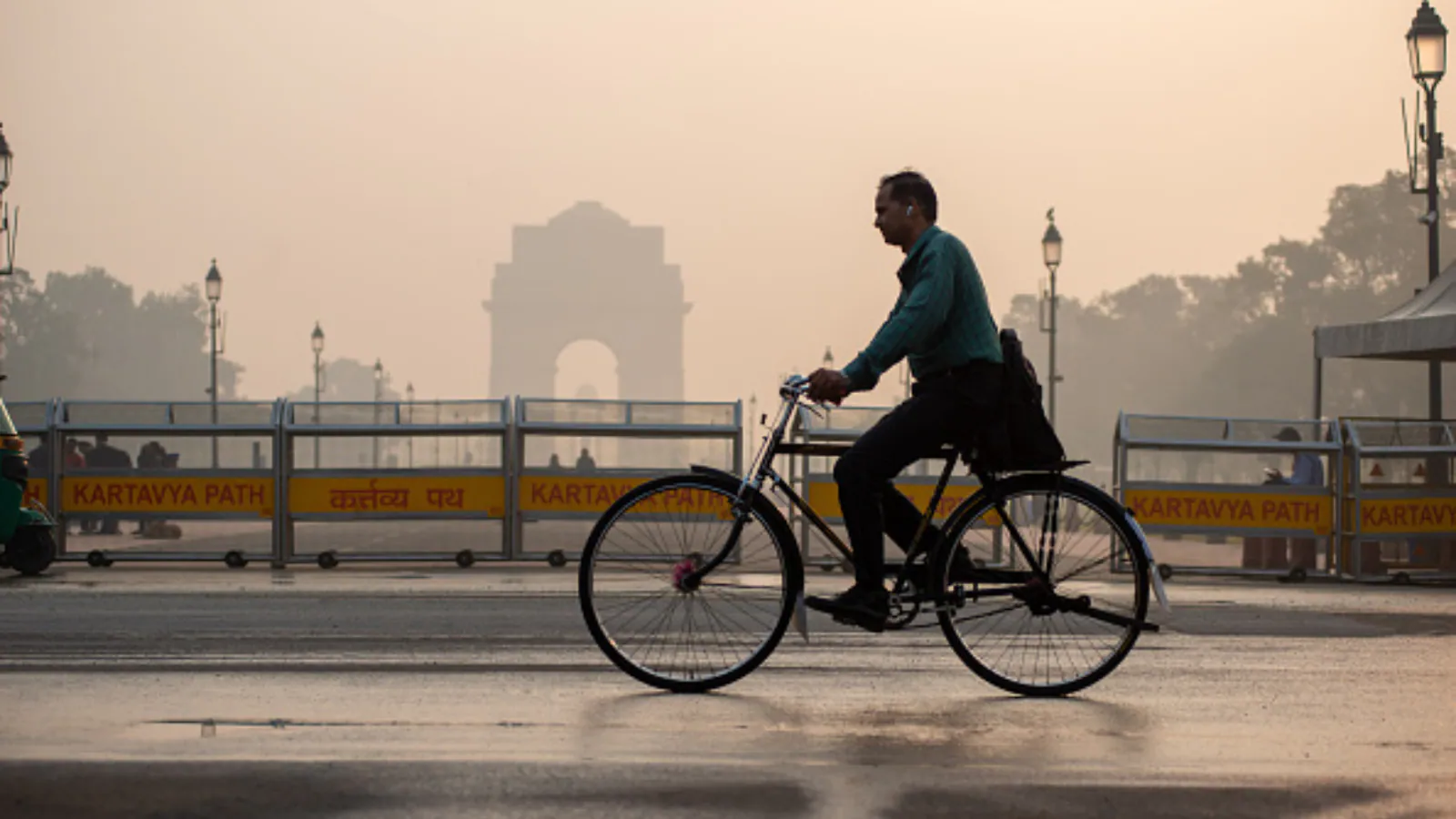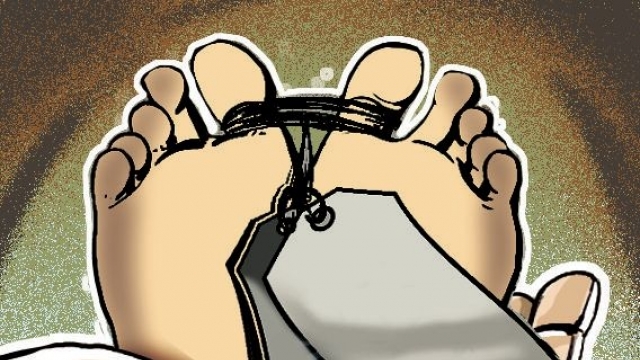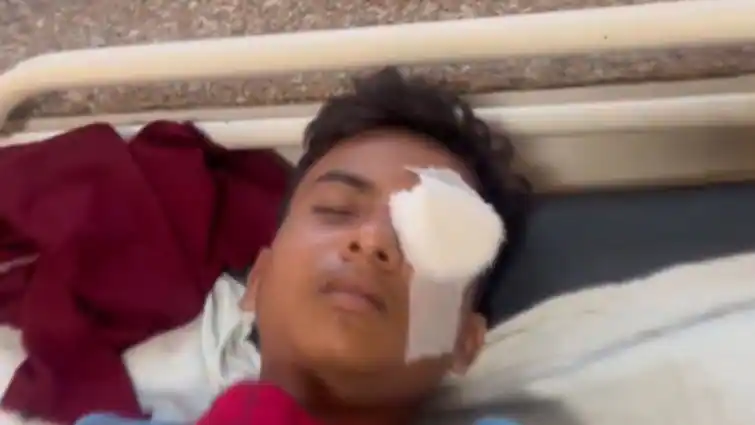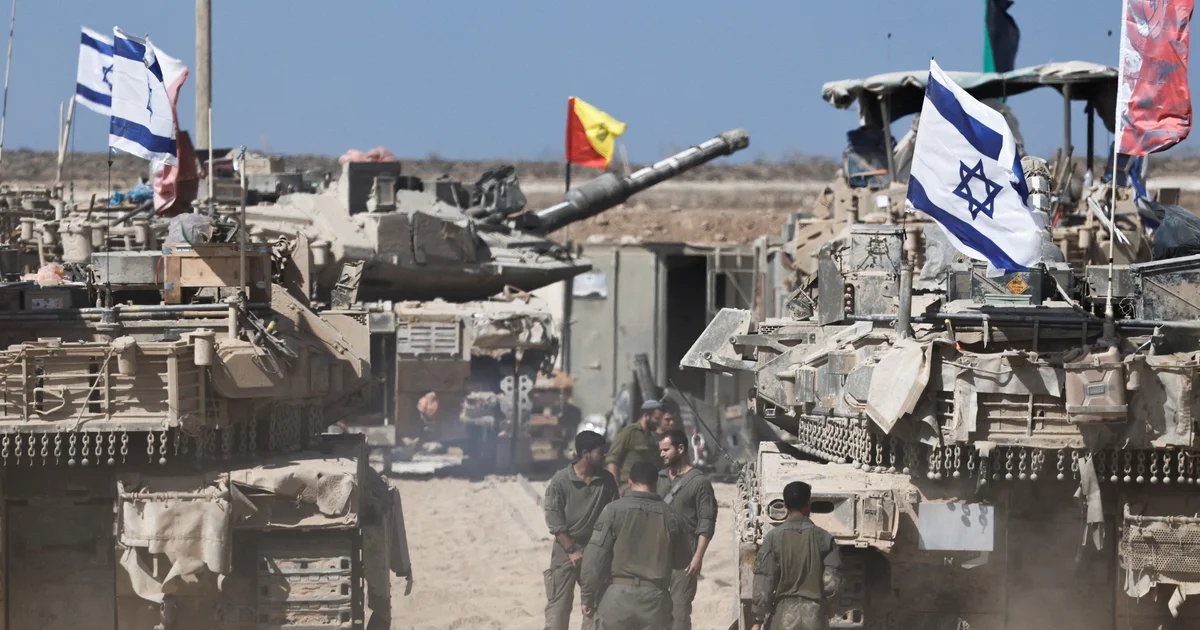Copyright news18
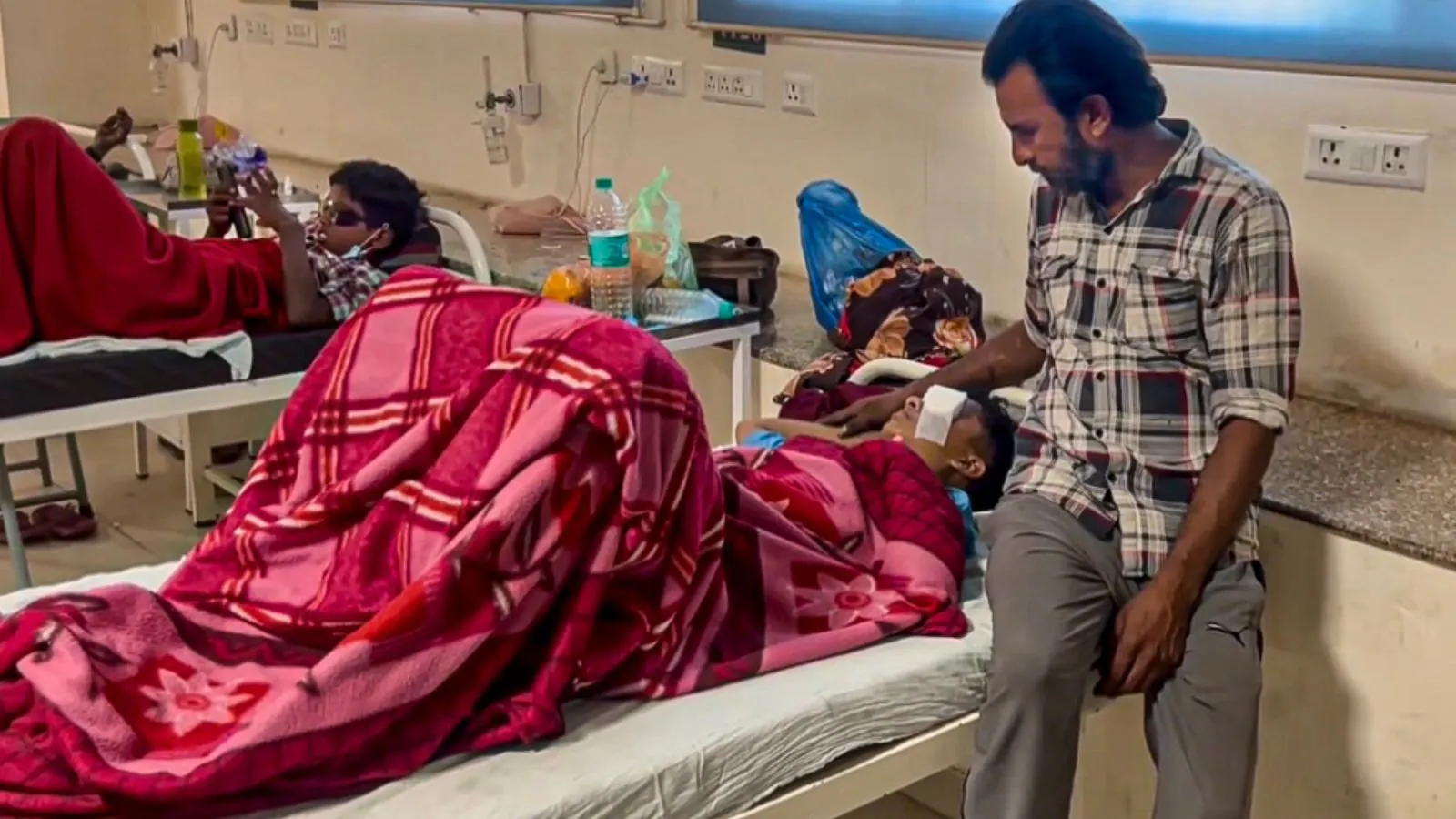
A wave of serious eye injuries among children has swept across several districts of Madhya Pradesh in recent days, with doctors and police describing the trend as a dangerous offshoot of Diwali celebrations with makeshift “desi” or carbide guns. Hospitals in several cities have reported hundreds of admissions for blast-related ocular trauma, and clinicians say a substantial number of young patients face the prospect of permanent vision loss. State health facilities recorded a sharp rise in cases over the past three to four days, with reports of injuries emerging from at least 11 districts. In what hospital authorities described as an alarming cluster, more than 122 children were admitted in just three days and 14 have reportedly lost eyesight after being struck by the crude devices, NDTV reported. The worst-affected district appears to be Vidisha, where local markets continued to sell the weapons despite an official ban issued by the state government on October 18. The devices, commonly assembled from plastic or tin pipes, lighter mechanisms and calcium carbide, work when water contacts the carbide to produce acetylene gas; ignition of the trapped gas creates a sudden, high-pressure blast. Doctors say the explosions propel plastic and metal fragments as high-velocity shrapnel and generate hot vapours that burn the eye and surrounding tissues. Corneal burns, intraocular foreign bodies, ruptured eyeballs and chemical injury to the retina have been recorded, sometimes in both eyes, leaving children with irreversible damage. Several clinicians likened the blasts to improvised explosive injuries rather than conventional firecracker burns. Dr Praveen Khare, head of the ophthalmology department at Bundelkhand Medical College, explained that many incidents occur when users attempt to clear or reuse rusted barrels and the charge detonates unexpectedly. “The explosion is sudden; particles of gunpowder and plastic adhere to the ocular surface and must be removed one by one. We are seeing corneal burns, penetrating injuries and, in extreme cases, the eye is expelled from the socket,” he said, urging strict avoidance of such devices and warning that children are particularly vulnerable. Hospitals across Bhopal, Indore, Jabalpur and Gwalior reported overflowing eye wards. At Hamidia Hospital in Bhopal alone, 26 children were admitted within 72 hours, with some requiring intensive care, according to local physicians quoted by NDTV. Dr Manish Sharma, Chief Medical and Health Officer at Hamidia, warned that the combination of high-velocity fragments and carbide vapour often causes pupil rupture and retinal destruction, injuries that may preclude any meaningful recovery of sight. Police action has begun in some areas. Vidisha police said they had arrested six persons for the illegal manufacture and sale of the makeshift guns; officials warned that those promoting or vending the devices would face legal consequences. Inspector RK Mishra reportedly said that immediate action had been taken against sellers found operating despite the October 18 prohibition. Medical practitioners are urging parents and guardians to treat the trend as an urgent public-health issue rather than a harmless fad. Dr Khare recommended the use of proper, certified protective eyewear when lighting legal fireworks and reiterated first-aid measures like, wash the eye immediately with clean water if sparks enter it, do not attempt to remove embedded fragments or plastic with bare hands, and seek an ophthalmologist without delay, because improper handling can convert a salvageable injury into irreversible blindness. Authorities also pointed to social media as a catalyst behind the phenomenon, with short-form videos and “challenges” reportedly popularising the carbide gun as a dangerous novelty.
